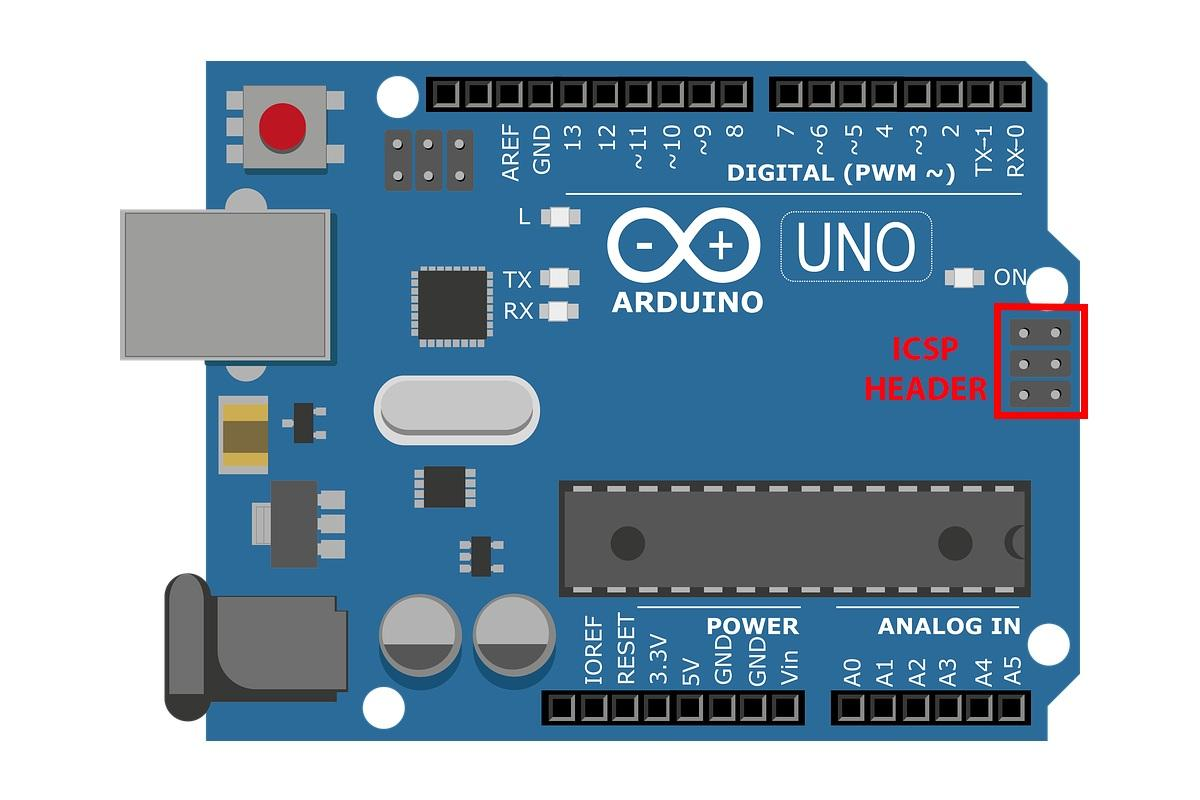Children ‘s AI Programming 101
Arduino
AI101 Arduino Course Overview: In a world filled with complicated electronic devices, like phones, computers, self driving cars, and Saudi Arabian robots receiving citizenship. It can be hard to imagine being able to understand such things, let alone build them yourself. Yet, they are all made, everyday, by regular people.The truth is, even the smartest people had to start knowing nothing and work their way upwards. Arduino is a type of programmable chip called a micro-controller; almost like a little computer. With Arduino the possibilities are as limited as your imagination. You can make robots, big and small, machines, tools, sensors, drones, or make your own weather station.These are just common ideas. If you want to know how your world works on an electro-mechanical level, there isn’t a better place for you to start than right here with Arduino.
Level 1:
Unit 1: Course Introduction
Project: Create an account on tinkercad and create a simple circuit to power an LED
Unit 2: Ohm’s Law, and short circuits
Projects:
--Ohm’s law practice problem with circuit diagram (determine required resistor value for a 3.3V 20mA LED with a 6V power supply)
--Show how a short circuit can be created.
--Wire an LED to a button and a switch.
Unit 3: Basic Electrical Components
Projects:
--Make a rainbow of LED’s
--Use an LED to display how a diode only allows current to flow one direction
--Brightness control with potentiometer
--Use capacitors to fade LEDs out
Unit 4: Arduino Programming
Projects:
--Serial Communication between 2 arduinos
--Use serial input to write a simple login script that asks for a password and allows for limited attempts
Final Project: Button control, Multi-mode LED Strip ( Fade, Strobe, Flash, etc )
Level 2:
Unit 1: PWM and Motors
Projects:
--potentiometer servo control
--PWM based dc motor speed controller
--potentiometer servo control with variable speed
Unit 2: Sensors
--Projects: Read atmospheric conditions with digital and analog sensors, compare.
Unit 3: Sensors Continued
--Project: Ultrasonic with and without temp factored in VS without
--Project: IR remote, relay control
--Project: Light sensor controlled circuit
Unit 4: Piezo
--Project: Create a song of your choice (At least 16 notes)
--Project: have a RGB diode change color depending on the voltage
--Project: add potentiometer to change octave.
Final Project Ideas
Project 1: Digital Thermometer
Project 2: Simple Synth
Project 3: Simple arduino gameboy?tic-tac-toe/dice roller etc.
Project 4: Connect servo and Ultrasonic for object detection.
Project 5: Remote controlled, multi mode LED array.
